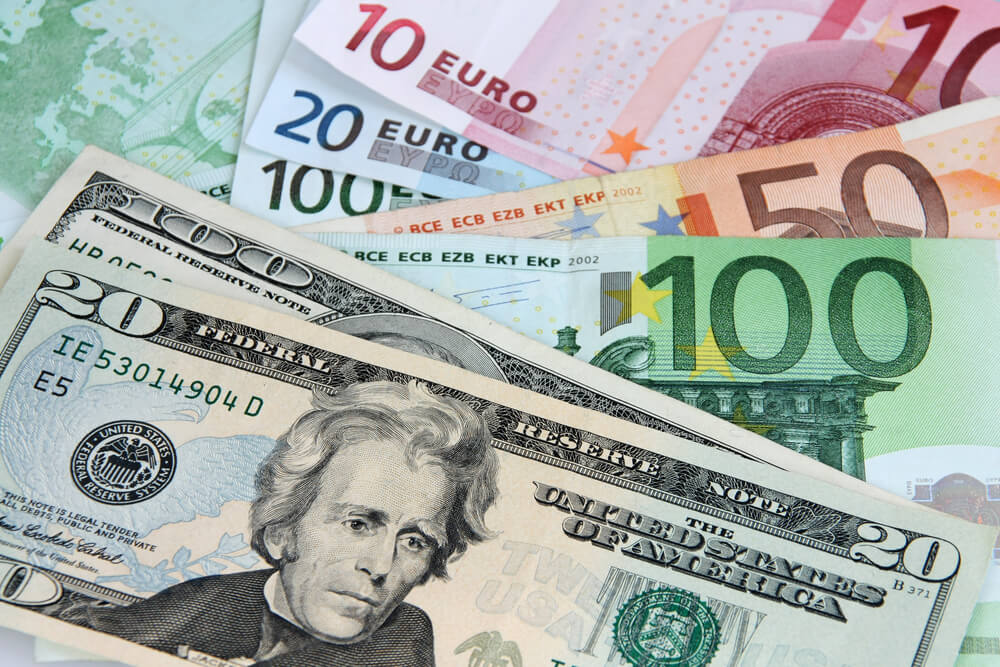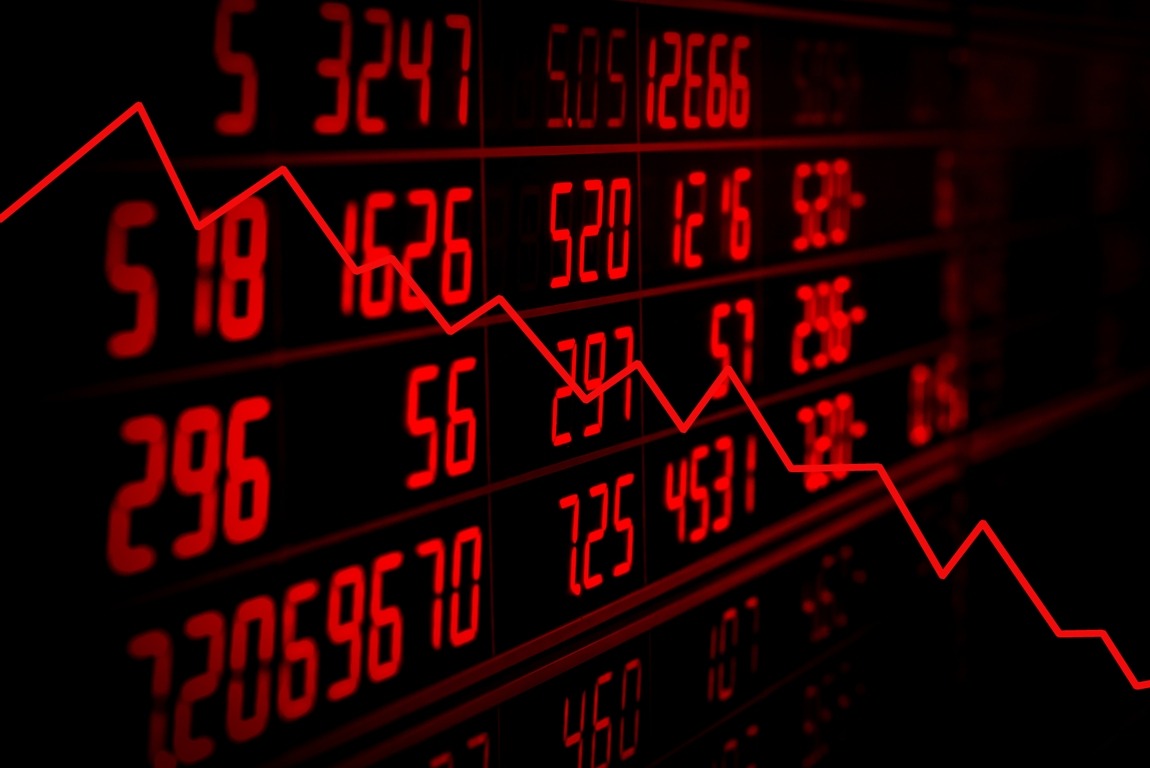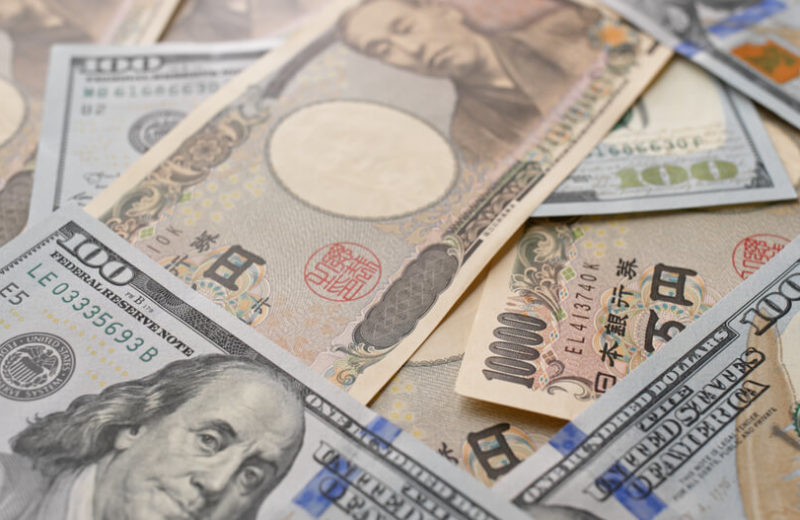Markets are swinging between risk-off and risk-on moods. The United States dollar is now viewed as a safe-haven currency.
Security bill concerns hit the Yuan. The Euro is eyeing details of the rescue fund.
There are worries about the United States’ response to China’s proposed security law. Thus, on Wednesday, the dollar edged higher. Moreover, the renewed Hong Kong protests supported the demand for safe-haven demand for the greenback.
There was also concern about the increased tension in Hong Kong.
The renewed Hong Kong protests are supporting safe-haven demand for the U.S. dollar. The yuan slipped to its lowest point in a period of nearly nine months.
Later, on Wednesday, there will be details from the European Commission about a financial rescue fund for the bloc. Ahead of that, the euro eased slightly.
Regarding the global outlook, Financial markets have been caught in a tug-of-war between pessimism and optimism.
Following the crippling coronavirus pandemic, some investors have bet on a resumption of business activity. Thus, the coronavirus pandemic brought the global economy to a standstill. Nevertheless, others are worrying about the threat of United States sanctions against China. The penalties might be because of China’s treatment of Hong Kong. This can quickly worsen risk sentiment yet again.
Dollar and Others
Junichi Ishikawa is senior FX strategist at IG Securities in Tokyo. He said that they are in a broad risk-on trend. Nevertheless, the only thing that could change is the relationship between China and the United States.
More problems between those two countries will slow the dollar’s recent decline. Moreover, it could potentially lead to the dollar being bought as a safe haven.
On Wednesday, the dollar edged up to $1.2320 in comparisons to the pound. Thus, it pulled away from its lowest level in two weeks.
Per the euro, the United States dollar rose to $1.0958. Here, it was also pulled away from a one-week low.
Following a 0.6% loss in the previous session, it bought 0.9669 against the Swiss franc.















